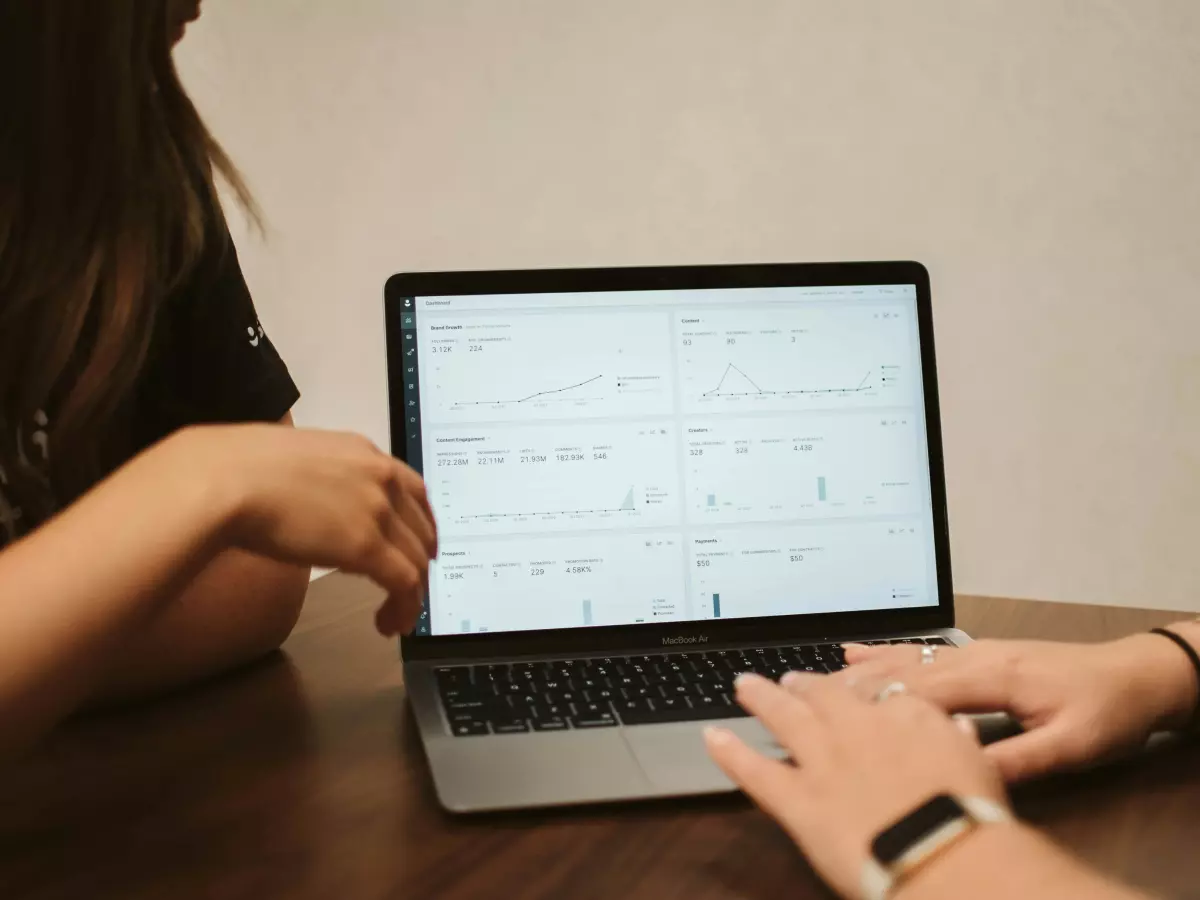Data Aggregation
Did you know that 90% of the world’s data has been created in just the last two years? That’s a staggering amount of information, and it’s only growing. But here’s the thing—without proper aggregation, all that data is just noise.

By Nina Schmidt
Big data is everywhere, and it’s not slowing down anytime soon. Businesses are collecting more data than ever before, but the real challenge is making sense of it all. That’s where data aggregation comes in. If you’re not familiar with the term, don’t worry. You’re about to get a crash course in why it’s one of the most crucial aspects of handling big data.
Data aggregation is the process of gathering and summarizing data from multiple sources to provide a more comprehensive view. Think of it as taking a bunch of puzzle pieces and assembling them into a complete picture. Without aggregation, you’re left with a bunch of scattered pieces that don’t tell you much. But when done right, data aggregation can help you extract meaningful insights, streamline your data processing, and even improve your decision-making.
Why Data Aggregation Matters
Let’s start with the basics. Why should you care about data aggregation? Well, for one, it makes your data more manageable. When you’re dealing with massive datasets, it’s easy to get overwhelmed. Aggregating your data allows you to condense it into more digestible chunks. Instead of sifting through millions of individual data points, you can focus on the key metrics that matter most to your business.
But that’s not all. Data aggregation also helps you spot trends and patterns that might otherwise go unnoticed. By combining data from different sources, you can get a more holistic view of your operations. For example, you might notice that sales in one region are consistently higher than in others, or that customer complaints tend to spike during certain times of the year. These insights can be invaluable for making informed decisions.
Types of Data Aggregation
Not all data aggregation is created equal. There are several different types, each with its own use cases. Here are a few of the most common:
- Time-Based Aggregation: This involves summarizing data over a specific time period. For example, you might aggregate sales data by day, week, or month to identify trends over time.
- Spatial Aggregation: This type of aggregation focuses on geographical data. It’s often used in industries like retail or logistics to analyze performance across different regions.
- Hierarchical Aggregation: This method involves grouping data based on a hierarchy, such as aggregating sales data by product category or customer segment.
- Statistical Aggregation: This is where things get a bit more technical. Statistical aggregation involves calculating metrics like averages, medians, or standard deviations to summarize your data.
Data Aggregation Tools
Now that you know what data aggregation is and why it’s important, let’s talk about the tools that can help you do it. There are plenty of options out there, but here are a few that stand out:
- Apache Hadoop: A popular open-source framework for processing large datasets. Hadoop’s MapReduce component is particularly useful for aggregating data across distributed systems.
- Apache Spark: Another open-source framework, Spark is known for its speed and scalability. It’s a great choice if you need to aggregate data in real-time.
- Elasticsearch: While primarily a search engine, Elasticsearch also has powerful aggregation capabilities. It’s especially useful for analyzing log data or other unstructured datasets.
- Google BigQuery: A fully-managed data warehouse that supports SQL queries. BigQuery’s aggregation functions make it easy to summarize large datasets without needing to manage infrastructure.
Challenges of Data Aggregation
Of course, data aggregation isn’t without its challenges. One of the biggest hurdles is ensuring data quality. If your data sources are inconsistent or incomplete, your aggregated results will be skewed. This can lead to inaccurate insights and poor decision-making. To avoid this, it’s crucial to implement strong data governance practices and regularly audit your data for accuracy.
Another challenge is dealing with the sheer volume of data. As your datasets grow, so does the complexity of aggregating them. You’ll need to invest in scalable infrastructure and tools that can handle the load. This is where cloud-based solutions like Google BigQuery or Amazon Redshift can be a lifesaver.
The Future of Data Aggregation
As big data continues to evolve, so too will the techniques and tools for aggregating it. One trend to keep an eye on is the rise of AI-powered aggregation. Machine learning algorithms can help automate the aggregation process, making it faster and more accurate. This could be a game-changer for businesses that need to process massive amounts of data in real-time.
Another emerging trend is the use of edge computing for data aggregation. Instead of sending all your data to a central server for processing, edge computing allows you to aggregate data closer to its source. This can reduce latency and improve performance, especially for applications like IoT or autonomous vehicles.
Final Thoughts
At the end of the day, data aggregation is a critical component of any big data strategy. It helps you make sense of large datasets, spot trends, and make better decisions. But it’s not without its challenges. Ensuring data quality and scalability are key to getting the most out of your aggregated data.
So, if you’re not already using data aggregation in your big data workflows, now’s the time to start. Trust me, your future self will thank you.





